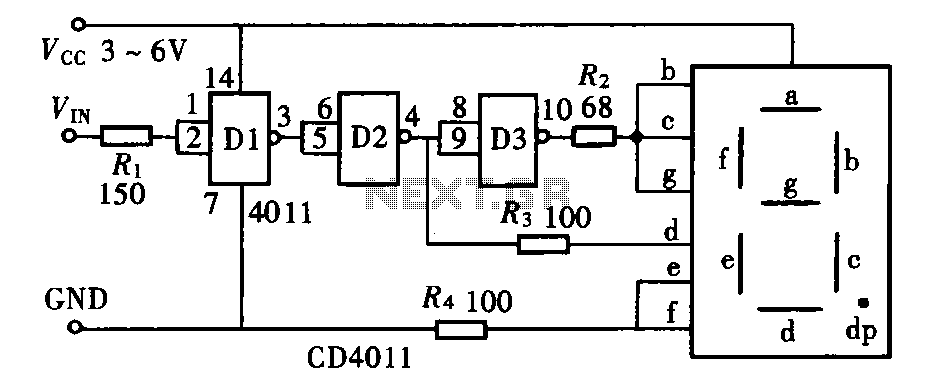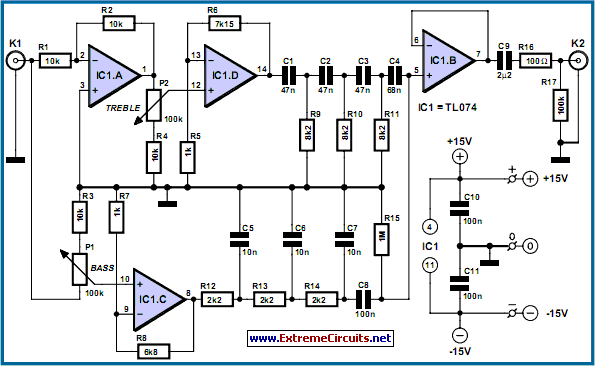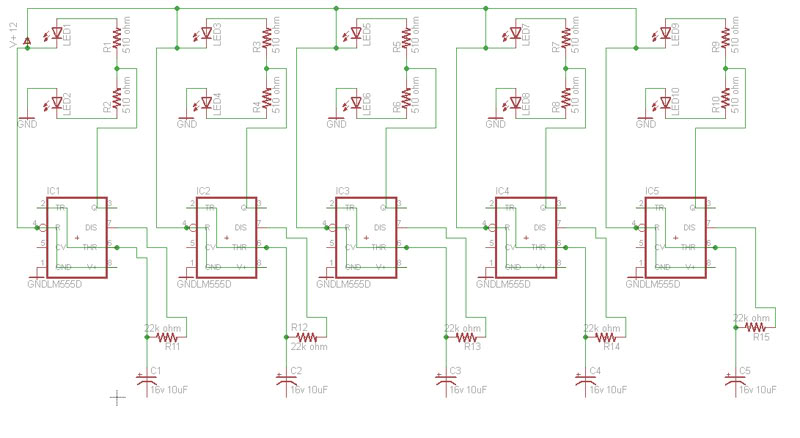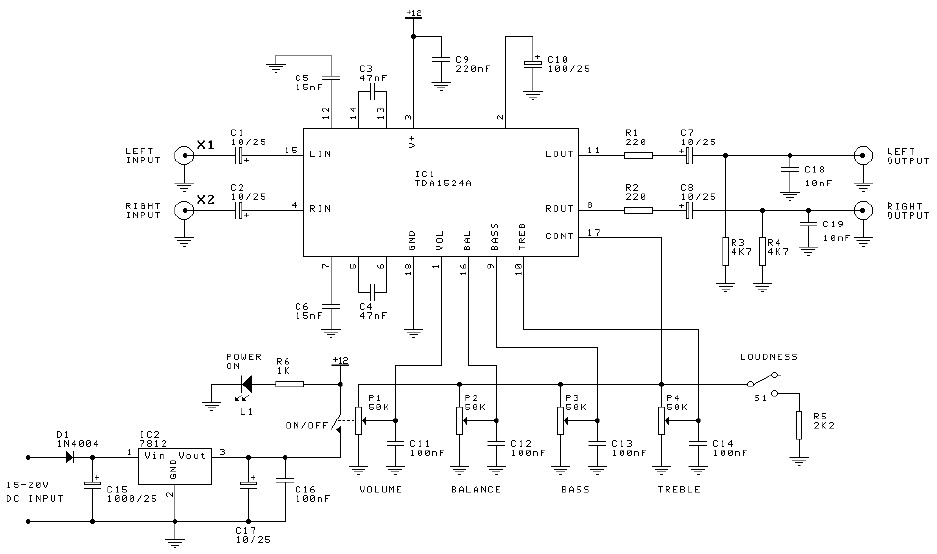
circuit shows 8x overunity
Warning: Undefined array key "extension" in /var/www/html/nextgr/view-circuit.php on line 477
Deprecated: strtolower(): Passing null to parameter #1 ($string) of type string is deprecated in /var/www/html/nextgr/view-circuit.php on line 477
This circuit has the advantage of transferring almost all the energy from the collapsing magnetic field of L2 to C2. In contrast, a typical Joule thief circuit allows some of this energy to return to the battery. This efficiency is achieved by using resistor VR2, which limits the rapid current flow back to the capacitor or battery, thereby directing the energy into C2. However, to achieve over-unity performance, the energy from the collapsing magnetic field of L2 would need to exceed the energy required to generate that magnetic field, which contradicts historical experimental data regarding energy storage in the magnetic fields of coils.
This circuit utilizes the principles of electromagnetic induction and energy transfer, focusing on the efficient management of energy flow within its components. The core component, L2, acts as an inductor that stores energy in its magnetic field when current flows through it. Upon interruption of the current, the magnetic field collapses, inducing a voltage spike. In this configuration, the energy is primarily directed into capacitor C2, maximizing the energy transfer efficiency.
The resistor VR2 plays a critical role in this circuit by acting as a current limiter. By restricting the flow of current back to the power source or capacitor, it ensures that the energy released during the collapse of the magnetic field is not wasted. This design contrasts with conventional Joule thief circuits, where some energy is typically returned to the source, thereby reducing overall efficiency.
It is important to note that while the circuit demonstrates improved energy transfer characteristics, achieving over-unity (output energy exceeding input energy) remains a theoretical challenge. For over-unity operation, the energy harvested from the collapsing magnetic field must surpass the energy input required to create the magnetic field initially. This requirement raises questions regarding the conservation of energy, as historical data indicates that the energy stored in magnetic fields of coils does not support the possibility of over-unity performance.
In summary, the circuit's design emphasizes energy efficiency through the strategic management of current flow and energy storage, presenting a notable advancement in the functionality of Joule thief circuits while adhering to established principles of physics.This circuit has an advantage in that almost all of the energy in the collapsing magnetic field of L2 is transferred to C2. Where as in a normal Joule thief some of this energy is returned to the battery. This is a result of the resistor VR2 preventing rapid current flow back to the capacitor/battery and thus forcing the energy into C2.
However, i n order to be over unity the energy in the collapsing magnetic field of L2 would have to be greater than the energy used to create the magnetic field. This would conflict with historical experimental data on energy stored in magnetic fields of coils. 🔗 External reference
This circuit utilizes the principles of electromagnetic induction and energy transfer, focusing on the efficient management of energy flow within its components. The core component, L2, acts as an inductor that stores energy in its magnetic field when current flows through it. Upon interruption of the current, the magnetic field collapses, inducing a voltage spike. In this configuration, the energy is primarily directed into capacitor C2, maximizing the energy transfer efficiency.
The resistor VR2 plays a critical role in this circuit by acting as a current limiter. By restricting the flow of current back to the power source or capacitor, it ensures that the energy released during the collapse of the magnetic field is not wasted. This design contrasts with conventional Joule thief circuits, where some energy is typically returned to the source, thereby reducing overall efficiency.
It is important to note that while the circuit demonstrates improved energy transfer characteristics, achieving over-unity (output energy exceeding input energy) remains a theoretical challenge. For over-unity operation, the energy harvested from the collapsing magnetic field must surpass the energy input required to create the magnetic field initially. This requirement raises questions regarding the conservation of energy, as historical data indicates that the energy stored in magnetic fields of coils does not support the possibility of over-unity performance.
In summary, the circuit's design emphasizes energy efficiency through the strategic management of current flow and energy storage, presenting a notable advancement in the functionality of Joule thief circuits while adhering to established principles of physics.This circuit has an advantage in that almost all of the energy in the collapsing magnetic field of L2 is transferred to C2. Where as in a normal Joule thief some of this energy is returned to the battery. This is a result of the resistor VR2 preventing rapid current flow back to the capacitor/battery and thus forcing the energy into C2.
However, i n order to be over unity the energy in the collapsing magnetic field of L2 would have to be greater than the energy used to create the magnetic field. This would conflict with historical experimental data on energy stored in magnetic fields of coils. 🔗 External reference





